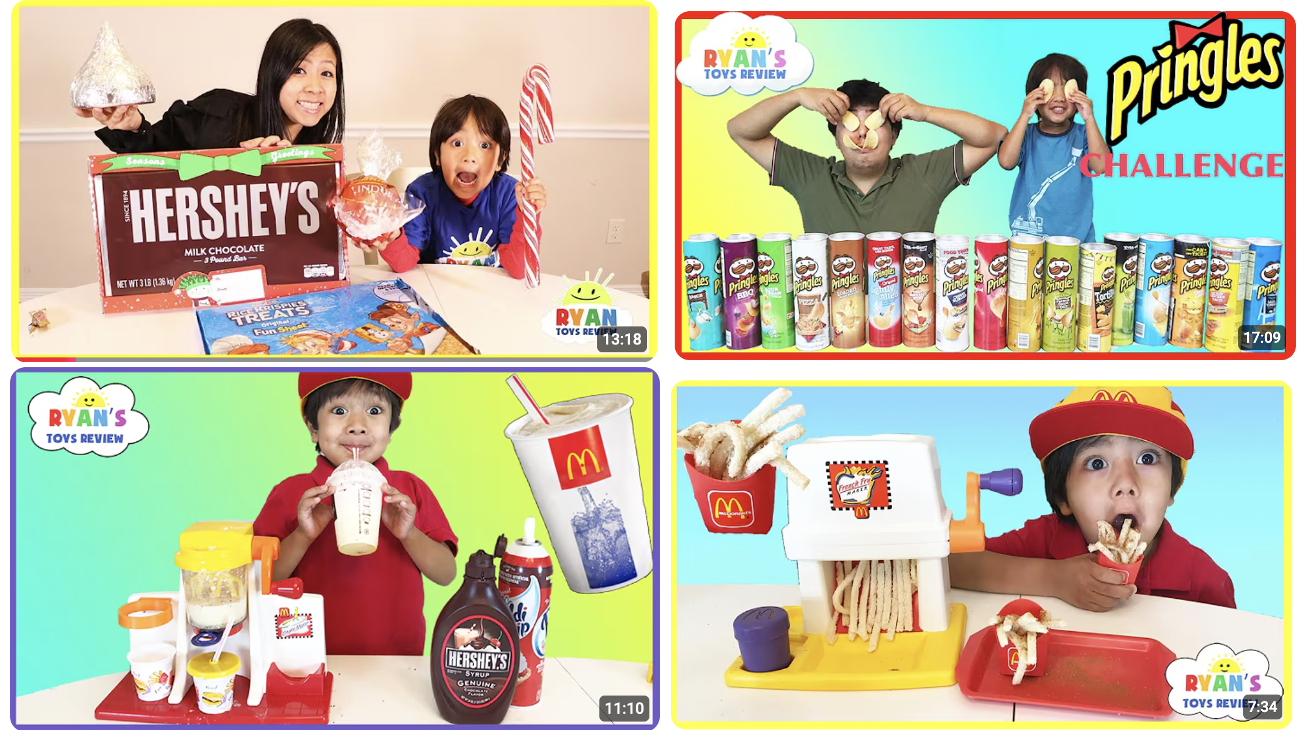A world free from malnutrition requires coordinated efforts across sectors, and the research suggests there is good reason to be enthusiastic about such interventions. However, assessments of their costs and cost-effectiveness are harder to come by.
One such study offers a promising way forward. Researchers at IFPRI and the University of Washington examined an integrated nutrition and agriculture intervention designed to improve the nutrition of meals offered through Malawi’s community-based childcare centers (CBCCs)—finding its estimated benefits (assessed as part of a related impact analysis) outweighed the intervention costs.
The economic evaluations used the framework and methods developed as part of the Strengthening Economic Evaluation for Multisectoral Nutrition Strategies (SEEMS-Nutrition) initiative. SEEMS-Nutrition aims to improve the comparability and use of economic evaluation findings across different multisectoral nutrition interventions through a standardized method, set of tools, and analysis.
The intervention
Although Malawi performs well on nutrition compared to many other developing countries, it still experiences challenges with under-5 nutrition (Global Nutrition Report Country Profile, 2020). As of 2015, 37.4% of children under 5 were stunted, 4.6% were overweight, and 2.8% were wasted. The government of Malawi has recognized multisectoral nutrition interventions as a priority for human development and included early childhood development as one of the key strategies in its Malawi Growth and Development Strategy III.
In 2015, Save the Children, the University of Malawi’s Chancellor College, and IFPRI designed an intervention to improve the consistency and nutritional quality of food produced and provided at CBCCs, preschools that aim to provide “safe, stimulating environments, access to health and nutrition services, and training for parents and caregivers.” All meals were produced through voluntary contributions by parents and community members. The program also worked to enhance the quality of food children were eating at home by providing parents with seeds for nutritious foods, along with agriculture and nutrition training.
The impact evaluation
IFPRI rigorously evaluated whether the intervention increased caregiver knowledge and adoption of nutrition practices, promoted increased household food production, dietary diversity, and improved nutrition among preschoolers and their younger siblings. In a randomized trial, among other effects, the study found that the integrated agriculture and nutrition intervention improved children’s diets and reduced the prevalence of stunting by 17 percentage points among younger siblings of preschoolers in the program.
The economic evaluation
While the evaluation showed significant positive impacts, in a world where governments and donors are increasingly resource-constrained, important questions remained about the program costs, costs to the community, and return on investment.
To address these questions, cost data were collected and analyzed alongside the impact evaluation using the SEEMS-Nutrition framework. The cost analysis was conducted from the perspective of the implementer (Save the Children) and the beneficiaries. A standardized method building off the ANH Academy Working Group on Economic Evaluation was used to calculate cost-effectiveness, cost-utility, and benefit-cost analyses.
The results
The incremental cost per preschool child was $160. When taking into consideration additional siblings who also benefited, the cost was $41 per beneficiary. Community contributions accounted for 25% of total program costs and food contributions accounted for 66% of total community contributions (or 16% of total program costs). The relatively robust community contribution levels are noteworthy, considering the intervention was scaled up in high-poverty rural areas with chronic food insecurity.
Was the intervention cost-effective and an efficient use of resources? Both cost-effectiveness and benefit-cost ratios indicate it was. The estimated cost of the intervention per stunting case averted was $595 and $516 per disability-adjusted life year (DALY) averted. When monetizing both benefits and costs, the benefit-cost ratio was between 3.6 and 24.7, based on different estimates of the U.S. value of a statistical life to Malawi and various discount rates applied. The results from the economic evaluation are all positive, highlighting the value for money and the impact of this program relative to the costs.
What’s next? There is a lot of exciting work underway as the SEEMS-Nutrition framework is applied to a host of other multisectoral nutrition programs. As the SEEMS-Nutrition project puts together a toolbox and guidance around economic evaluations for multisectoral nutrition programs, we hope to hear from you.
Would you like to apply this framework to any of your future or ongoing evaluations? Do you have thoughts on how the guidance being developed can be useful to your work? Contact us.
Aulo Gelli is a Senior Research Fellow with IFPRI’s Poverty, Health, and Nutrition Division; Amy Margolies is a consultant and international public health specialist; Carol Levin is a Clinical Associate Professor of Global Health at the University of Washington; Christopher Kemp is a UW Acting Assistant Professor of Global Health; Natasha Ledlie is a Senior Program Officer with Results for Development. This post is based on research that is not yet peer-reviewed.
This post was written as a part of the Strengthening Economic Evaluation for Multisectoral Strategies for Nutrition (SEEMS-Nutrition) initiative. It is led by Project Director Carol Levin from the University of Washington Department of Global Health, with Helen Keller International (HKI), IFPRI, the International Livestock Research Institute (ILRI), the Global Alliance for Improved Nutrition (GAIN), and Results for Development (R4D) and with funding from the Bill & Melinda Gates Foundation. Read more here.







